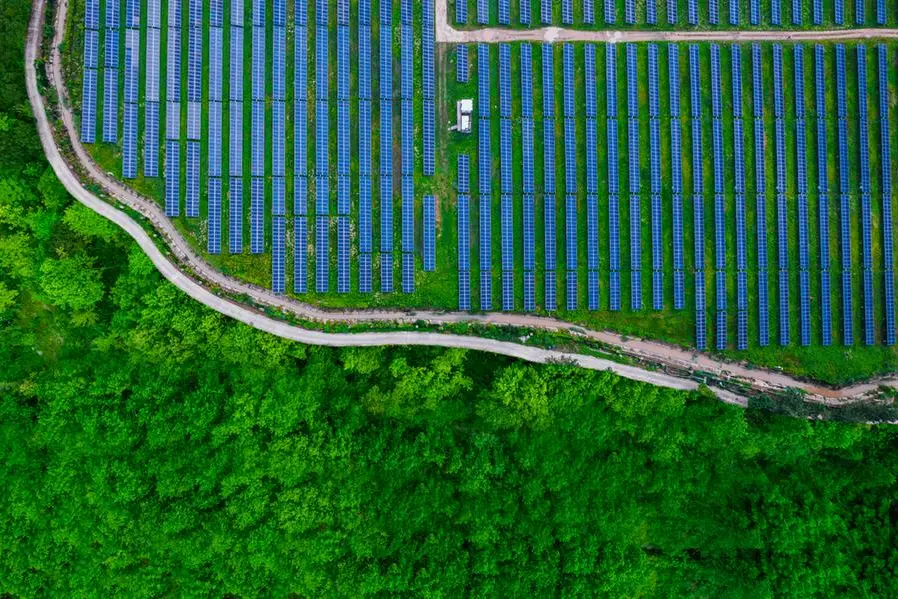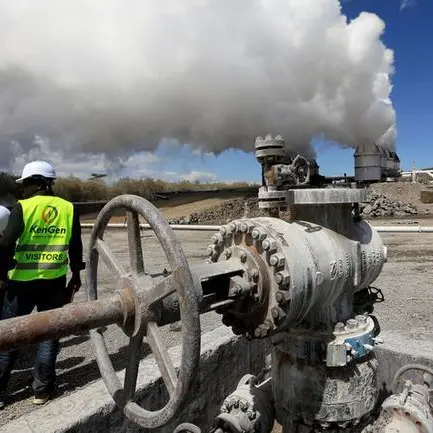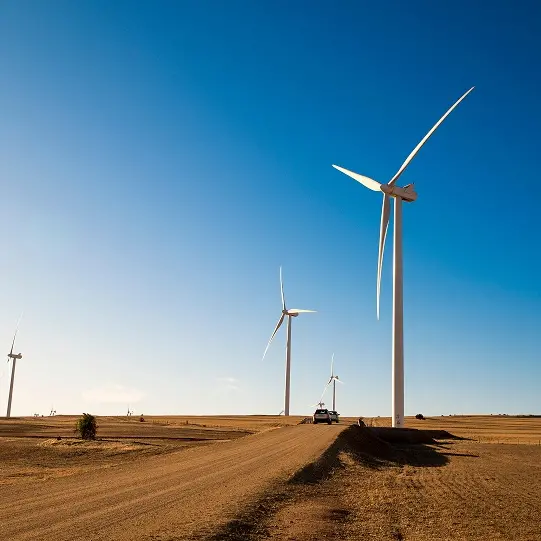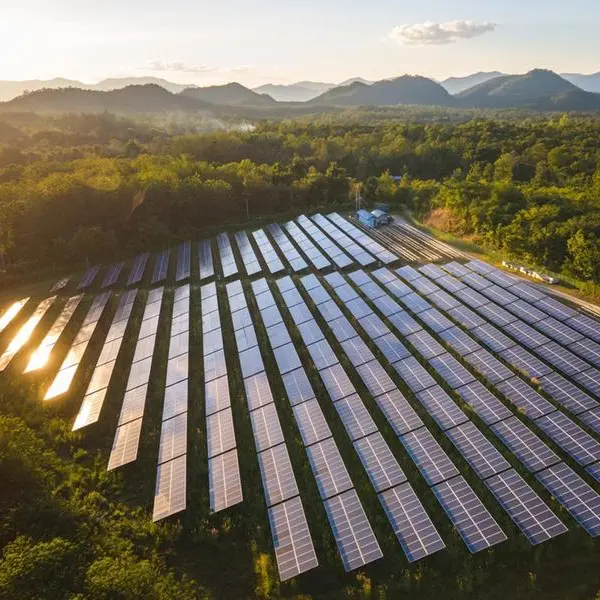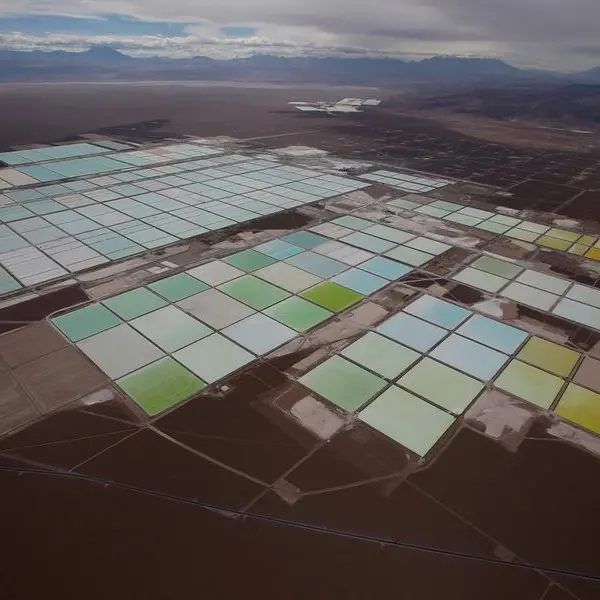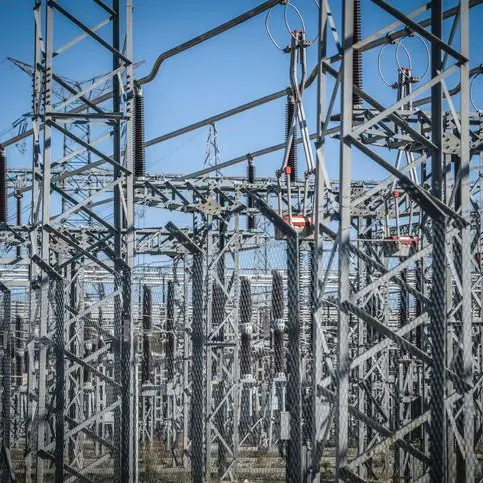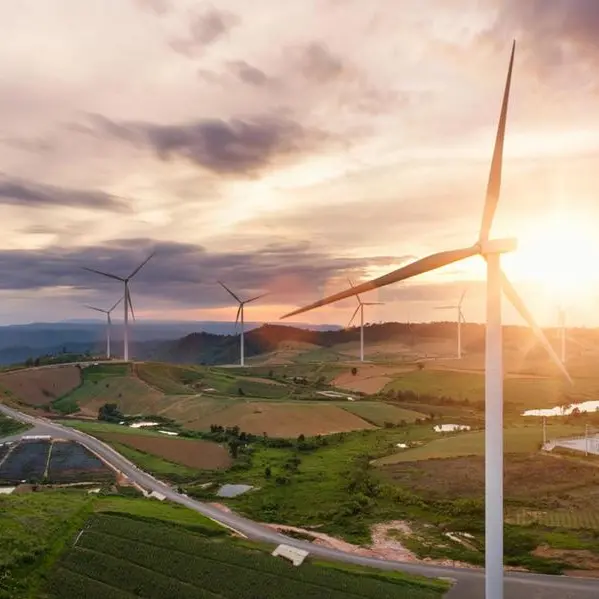PHOTO
RIYADH - The Kingdom of Saudi Arabia launched the Geographic Survey Project for Renewable Energy sites and awarded contracts to Saudi companies to install 1,200 stations for measuring solar and wind energy across all regions of the Kingdom, Saudi Press Agency (SPA) reported Monday.
In a statement on the signing of the project’s contracts, Prince AbdulAziz bin Salman bin AbdulAziz Al Saud, Minister of Energy, stated that this project, which is a part of the National Renewable Energy Programme, is globally unprecedented in terms of geographical coverage. He noted that the project will include all regions of the Kingdom by surveying over 850,000 square kilometres, excluding populated areas, sand dune areas, and airspace restrictions. He clarified that this area is equivalent to the land area of entire countries, such as approximately the areas of the UK and France combined, or Germany and Spain combined. He indicated that no other country in the world has previously conducted a geographic survey of this kind on such an area scale.
The minister also explained that solar energy measurement stations, equipped with advanced measurement devices at ground level, will record Direct Normal Irradiance (DNI), Global Horizontal Irradiance (GHI), Diffuse Horizontal Irradiance (DHI), dust and pollutant deposition rates, ground-reflected radiation (albedo), ambient temperature, rainfall levels, relative humidity, and atmospheric pressure.
Meanwhile, wind energy measurement stations, which will be installed at different heights, up to 120 meters, will record wind speed and direction, ambient temperature, atmospheric pressure, and relative humidity.
The project will also primarily contribute to achieving the optimal energy mix targets for electricity production, with renewable energy sources comprising about 50% of the energy mix by 2030, and to achieving the goals of the Liquid Fuel Displacement Programme by reducing dependence on liquid fuel in electricity generation.
He added that starting this year, 2024, the Kingdom will tender new renewable energy projects with a capacity of 20 gigawatts annually, aiming to reach between 100 and 130 gigawatts by 2030, depending on electricity demand growth.
